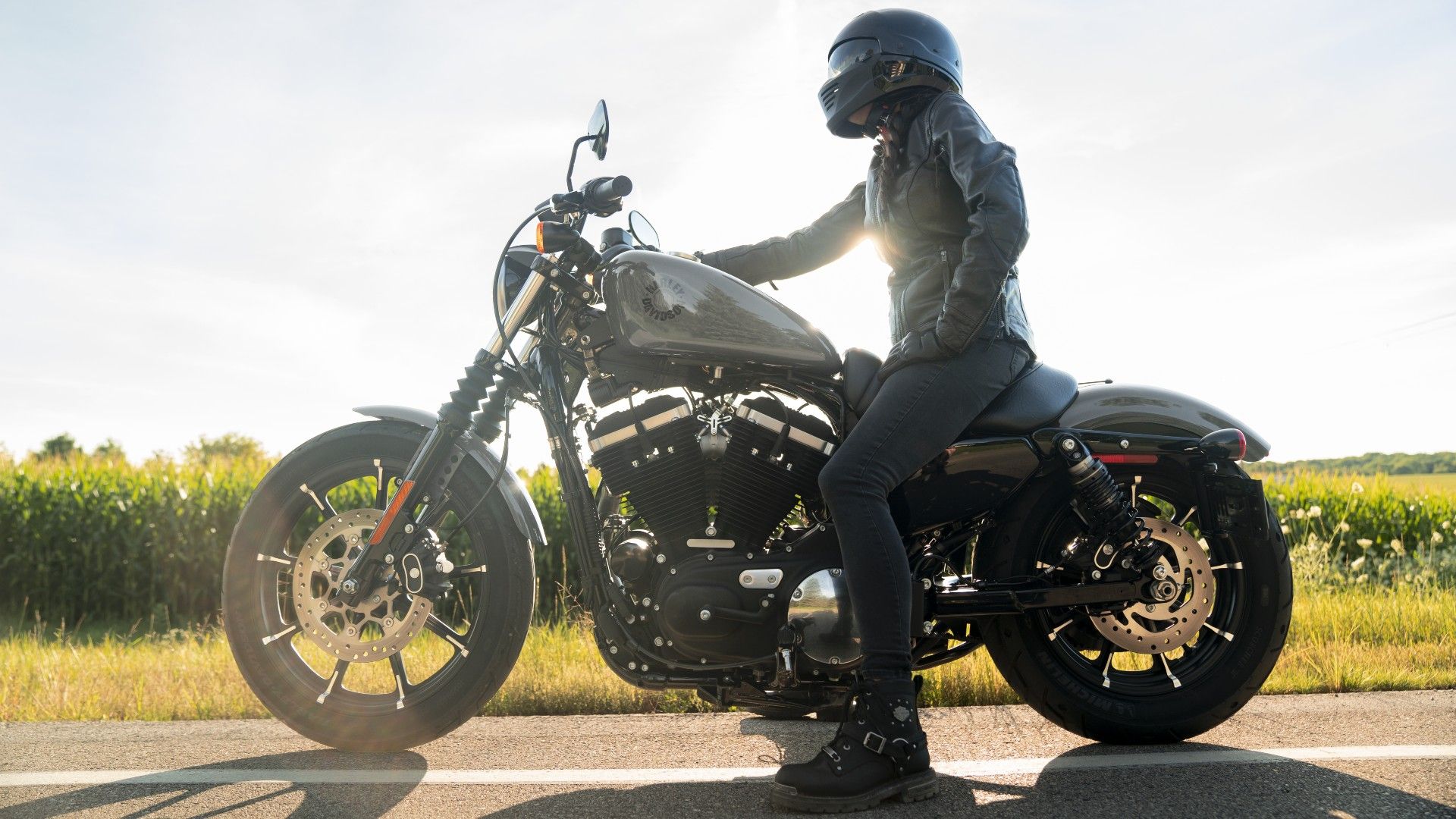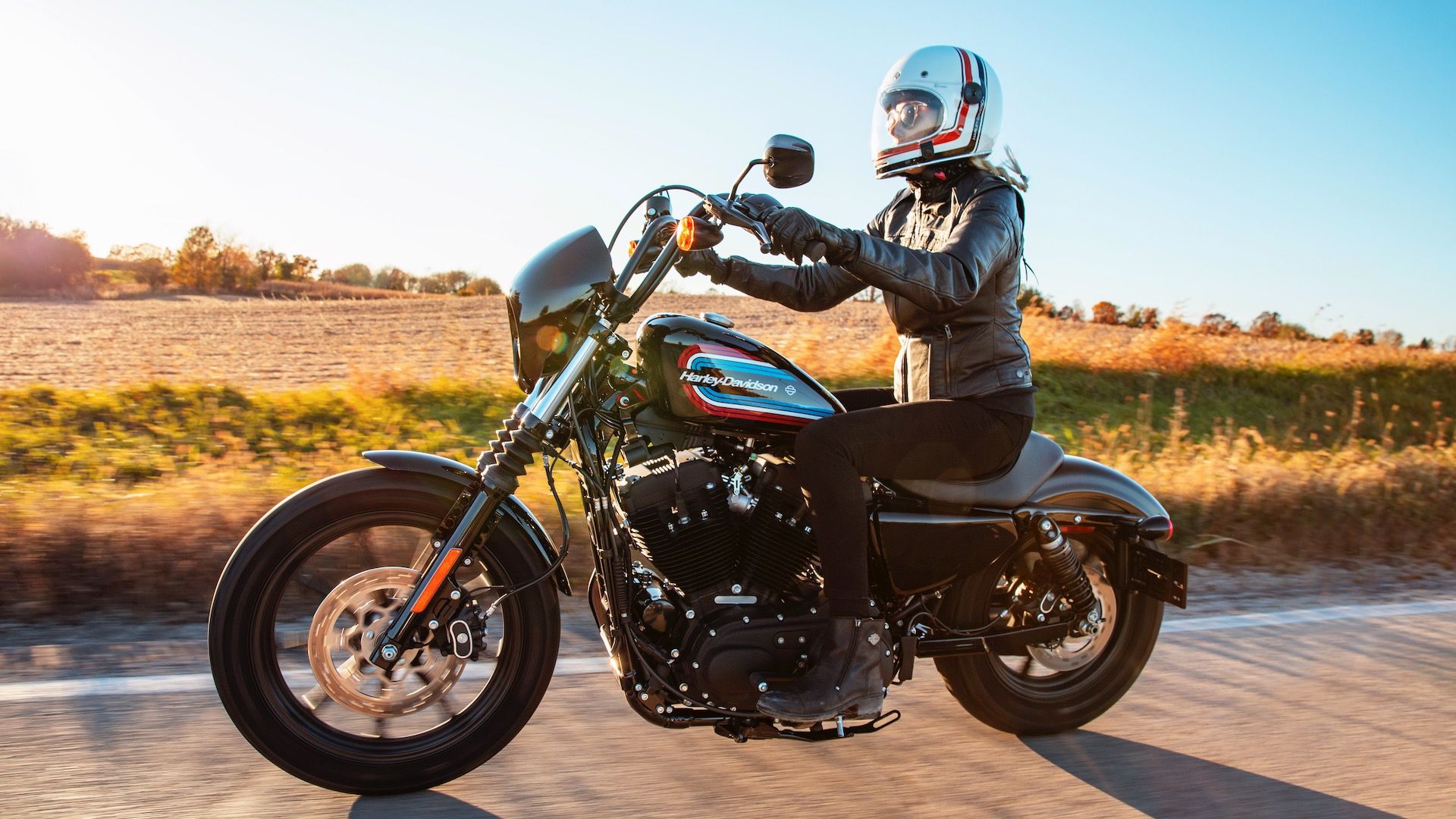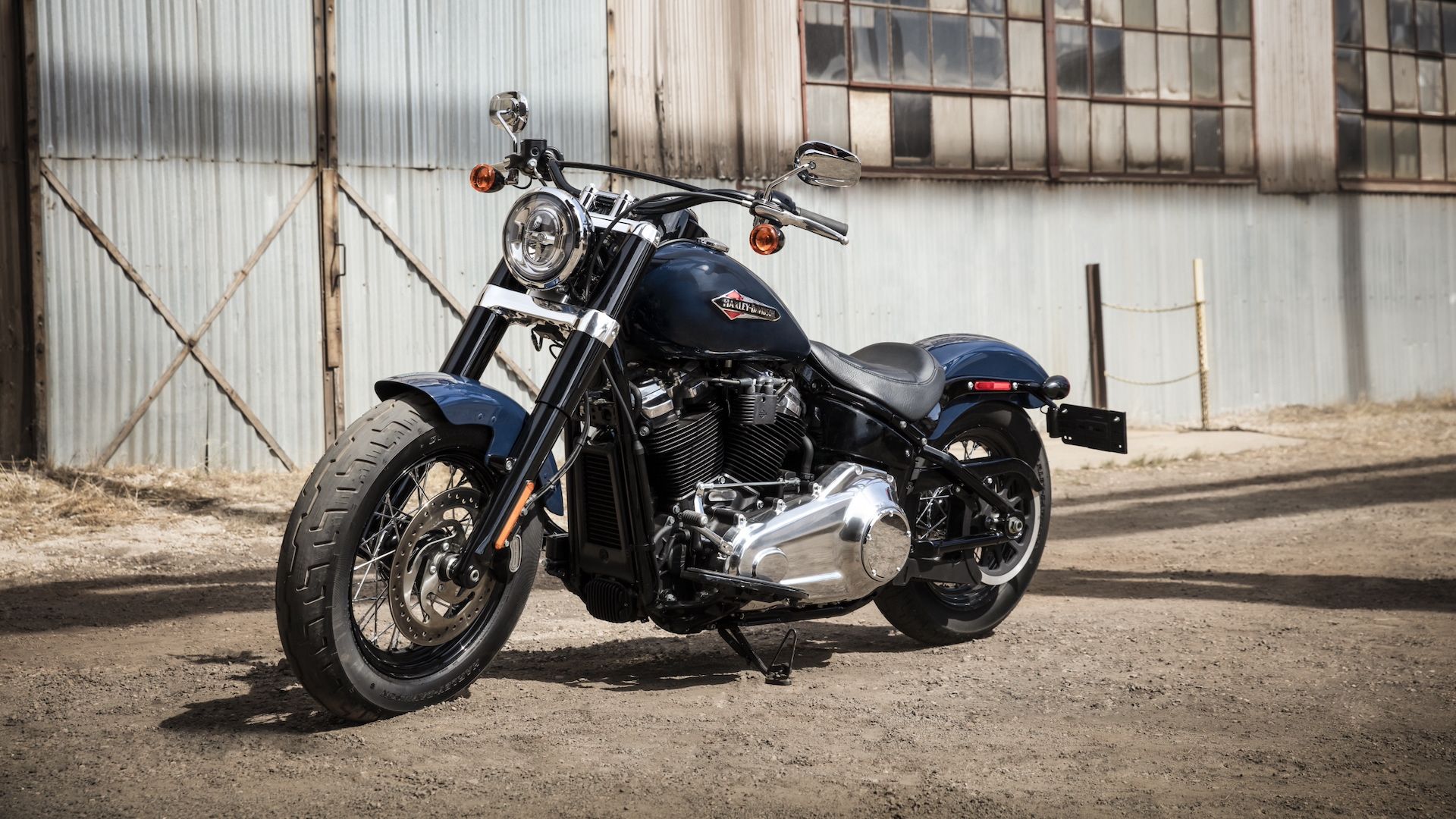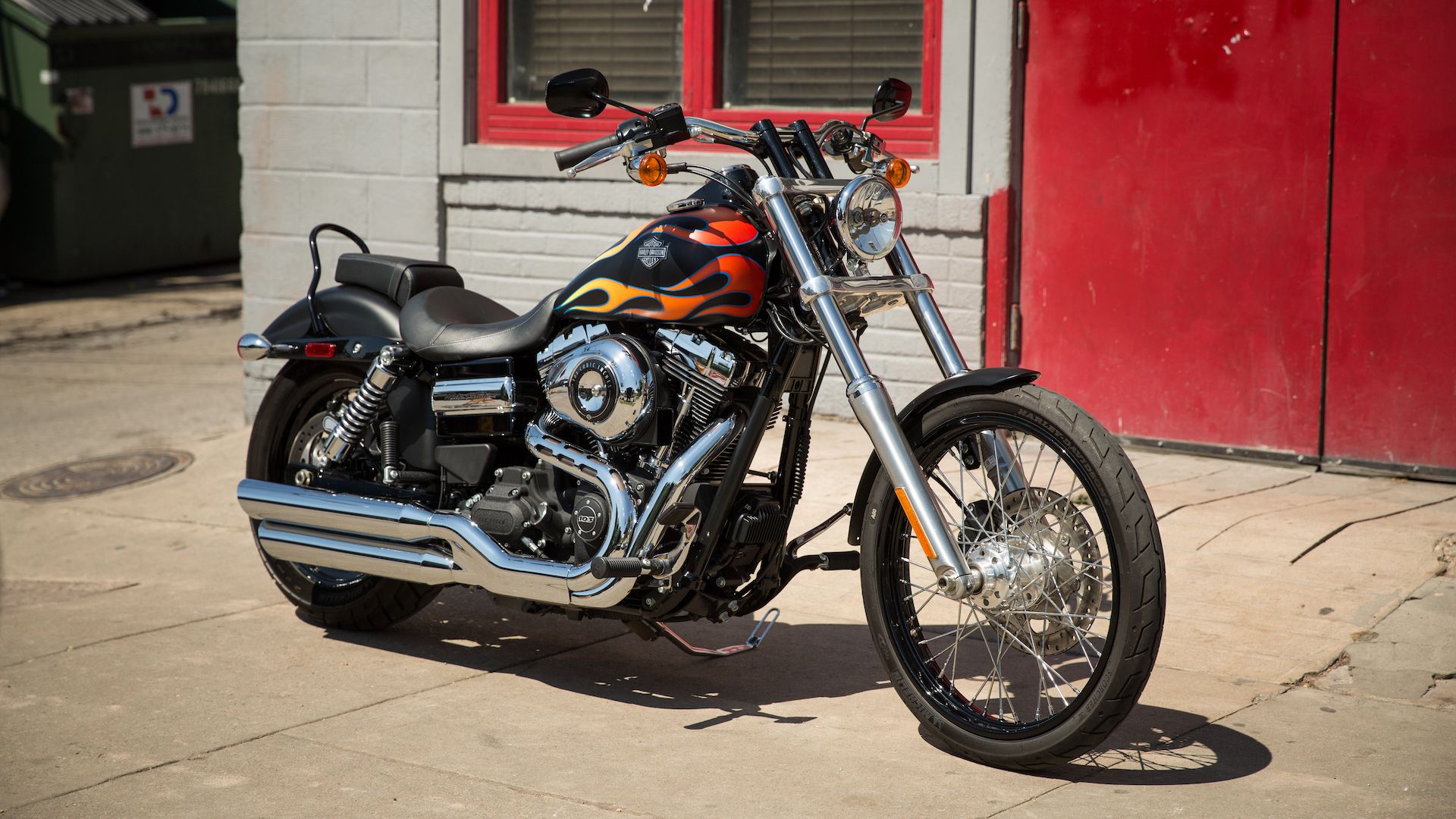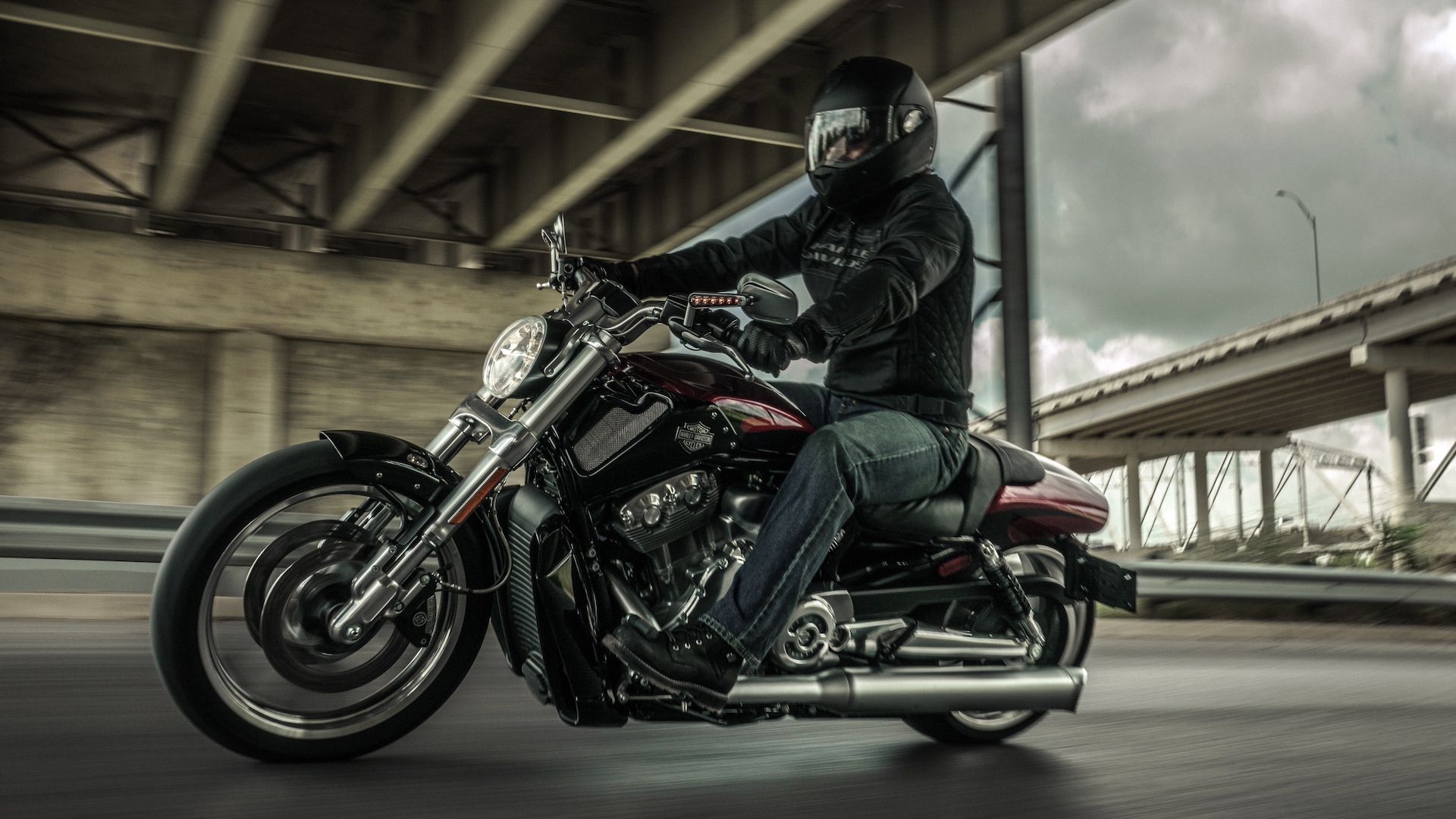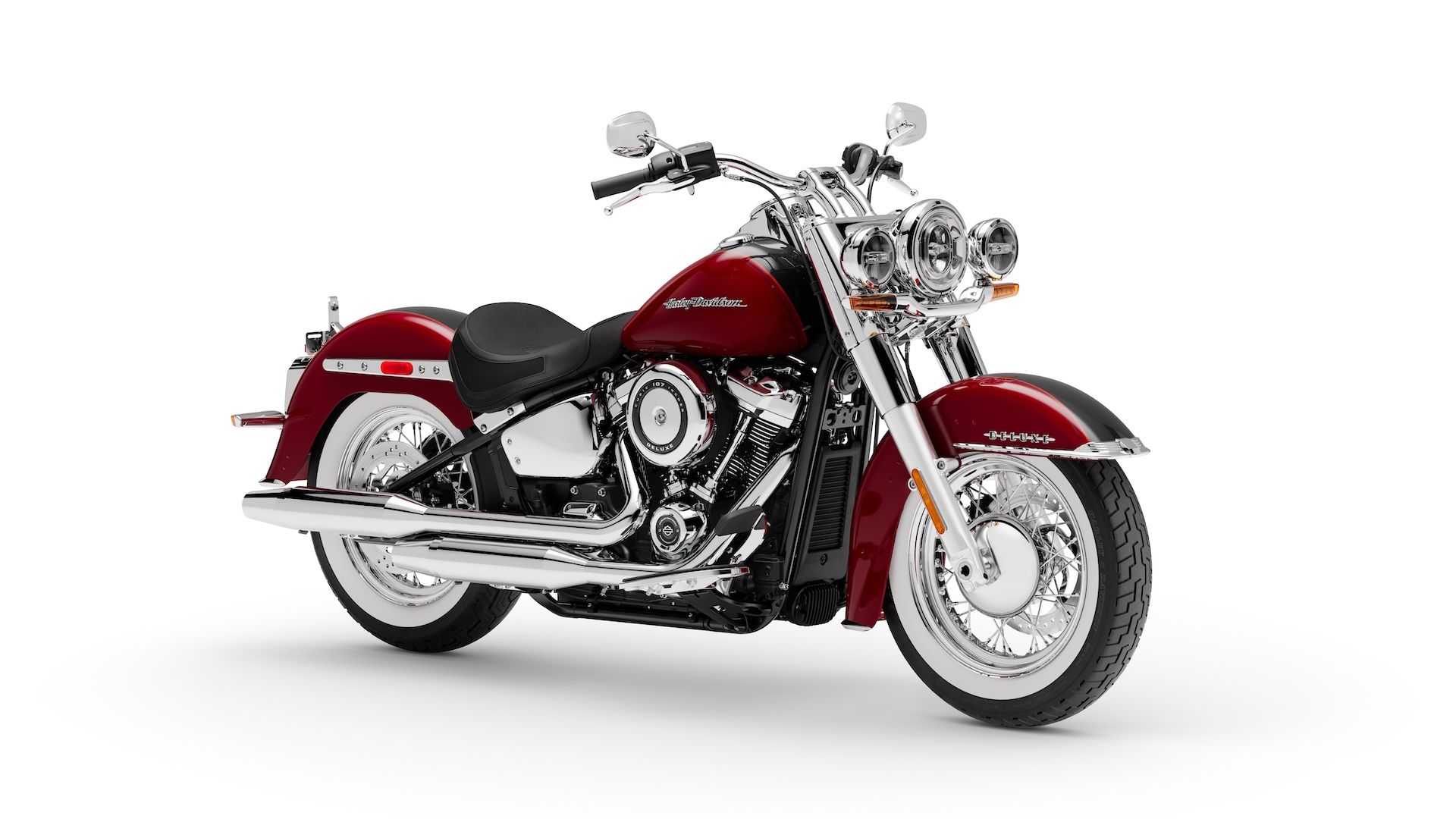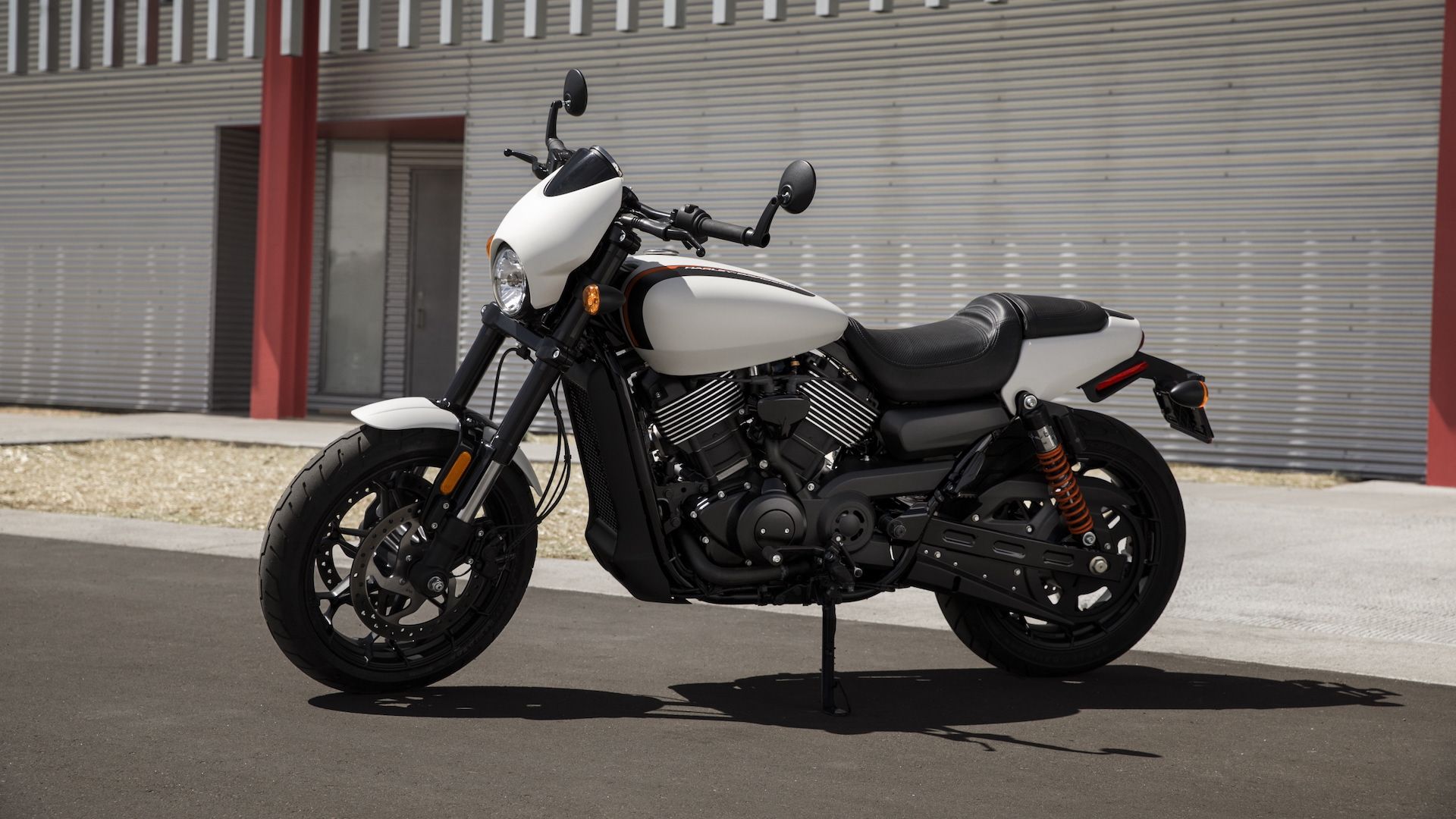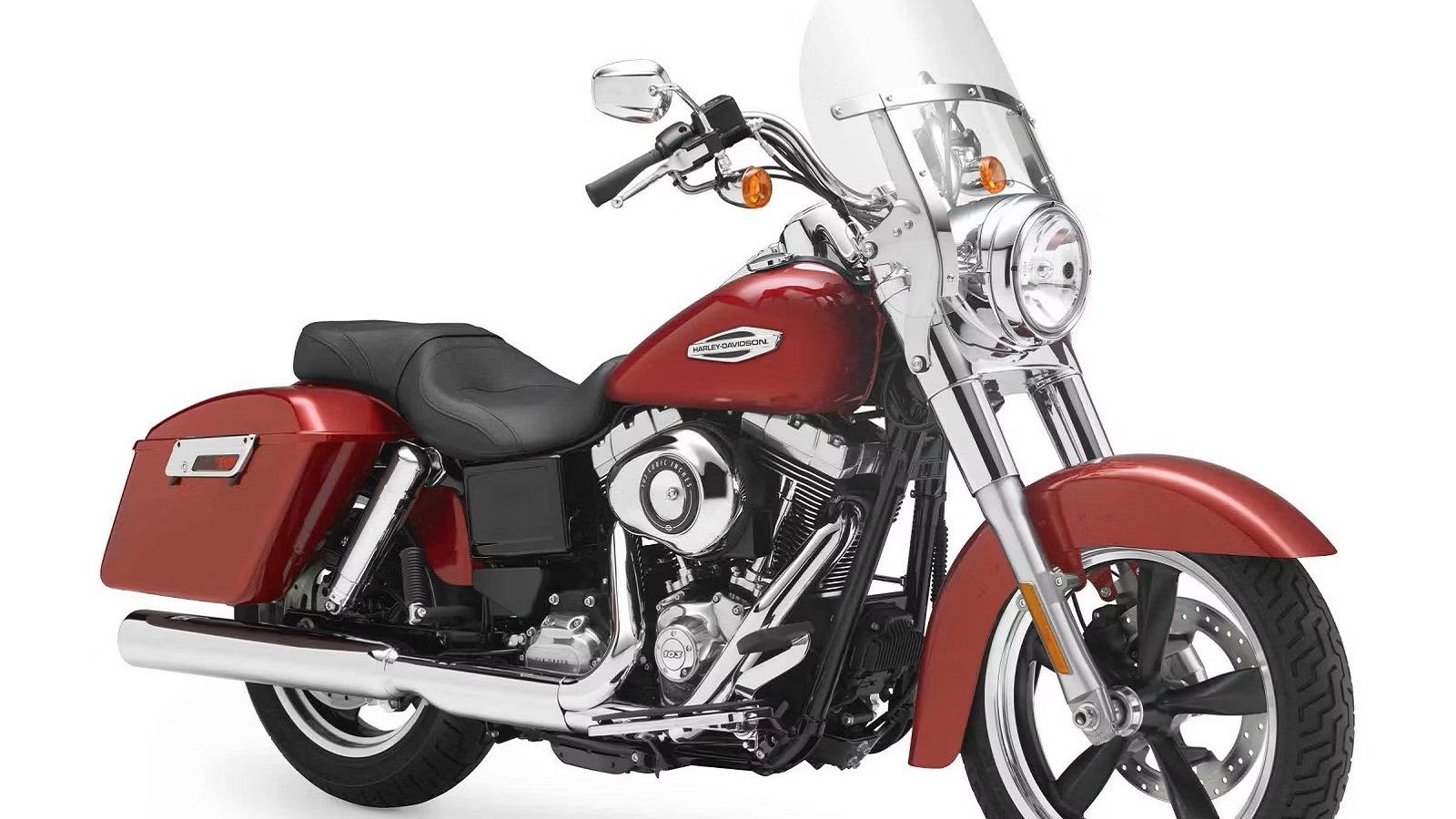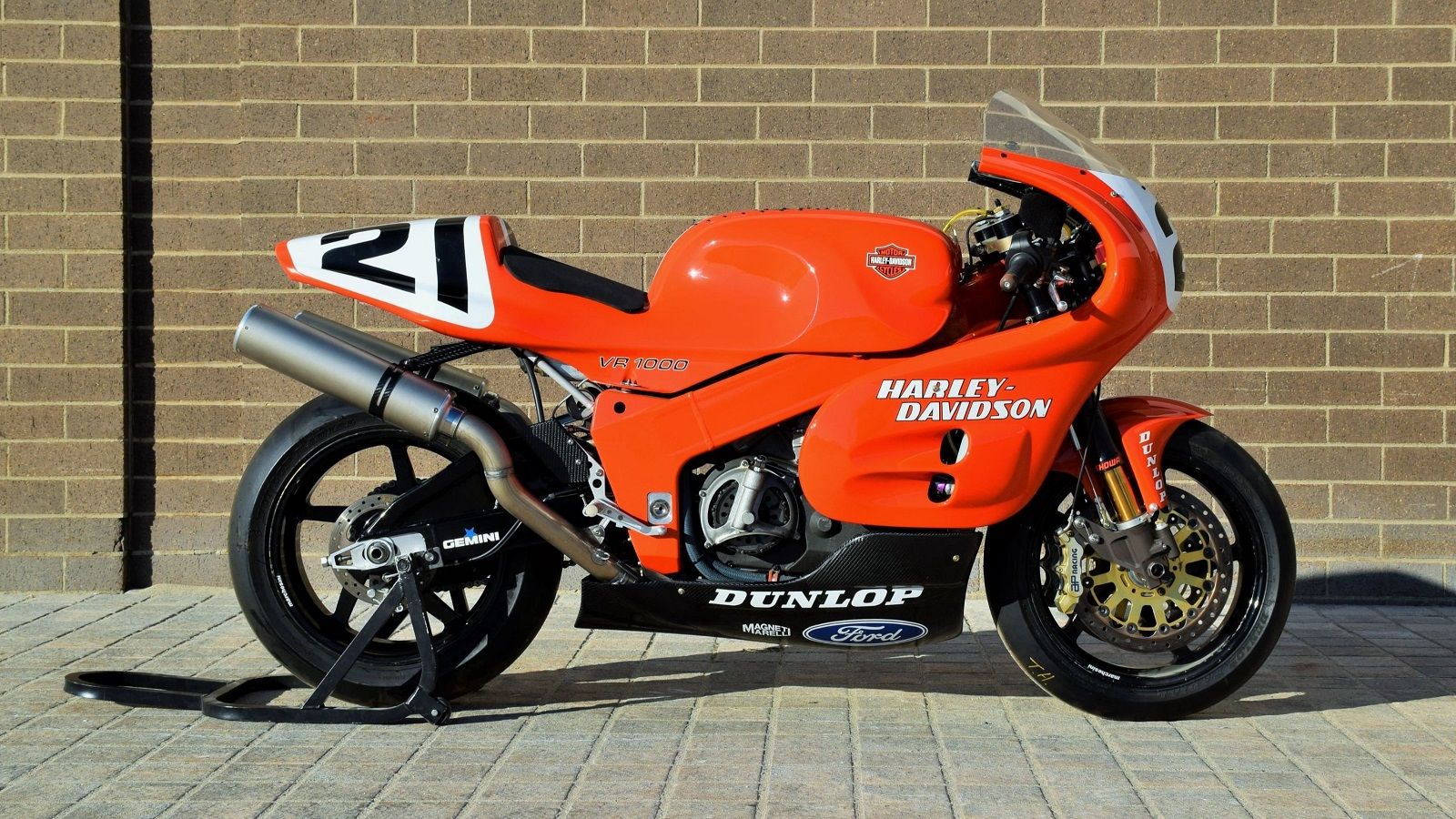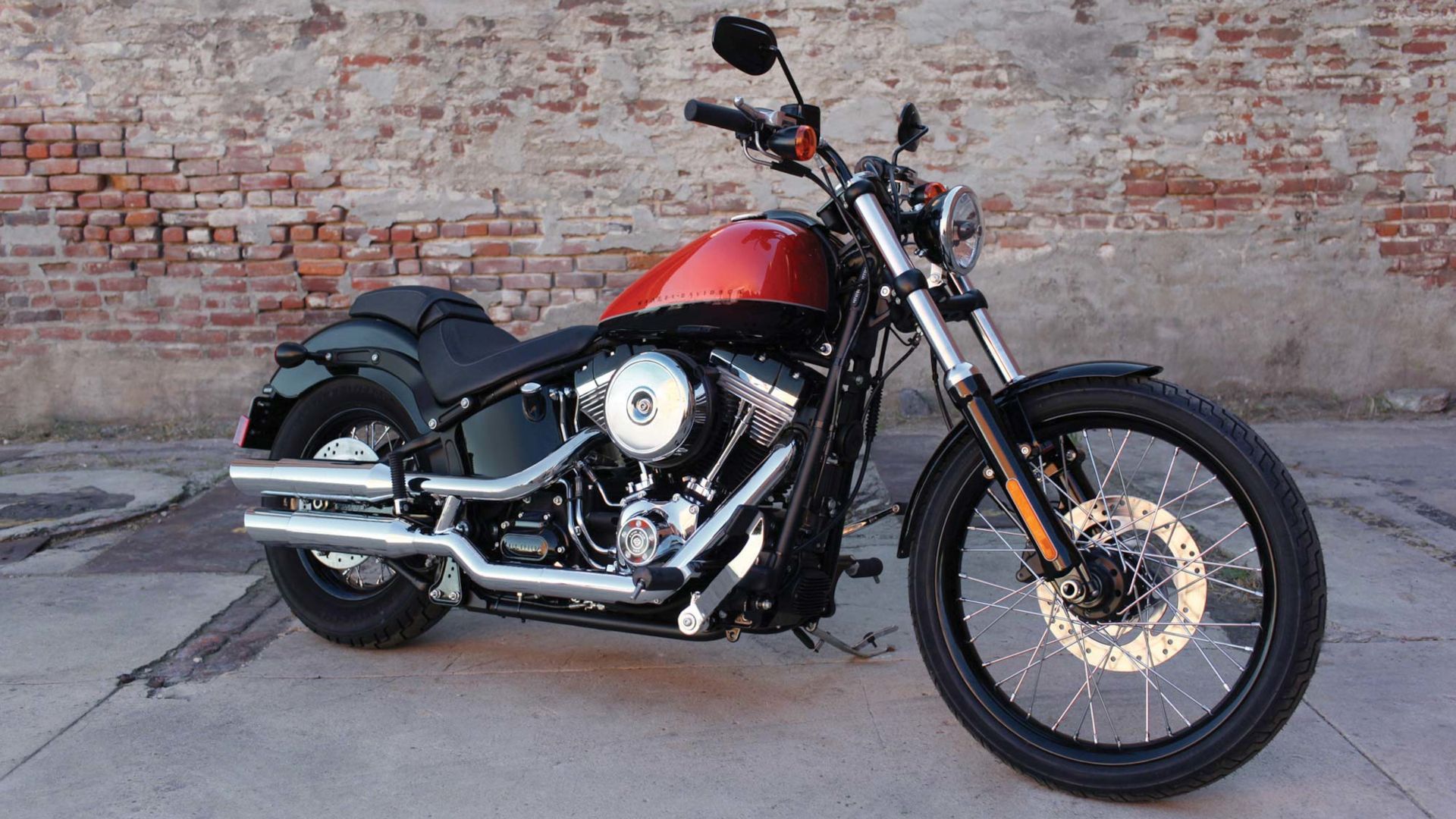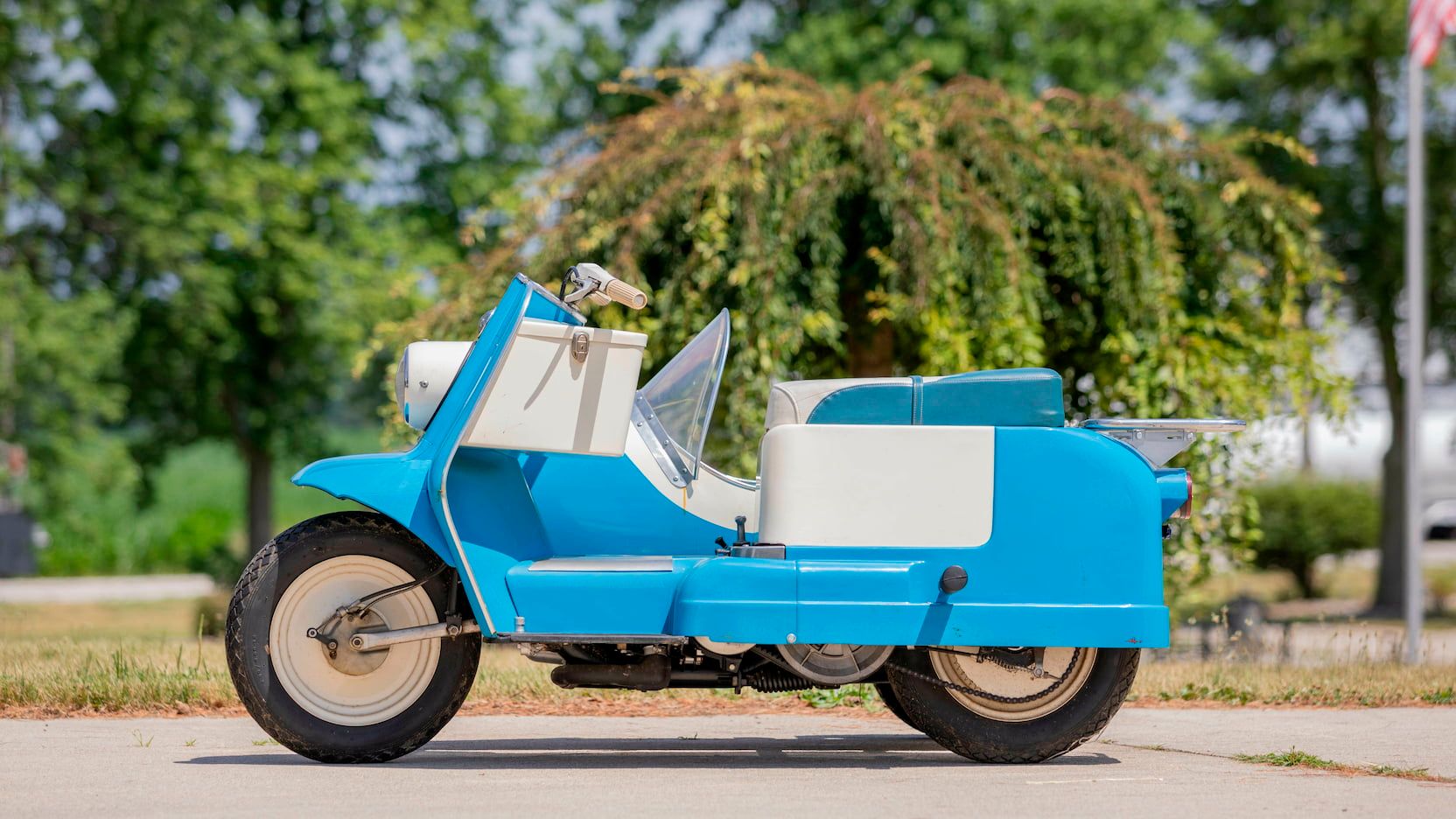Motorcycle makers of every type and brand have undergone tremendous transformations to go along with their constantly-evolving inventory. An inventory that not only must change to go along with the demands of the consumers but to match the new regulations that are being required. Plus, as new technology becomes available, it is expected by the buying public to be included in the latest model of their favorite bikes. Otherwise, they may switch brands. This supply and demand cycle is constant for all the players within the industry, regardless of how big the nameplates are.
American motorcycle icon Harley-Davidson is no different. Many beloved models have come and gone, and like Geoffrey Chaucer once famously said, “All good things must come to an end.” While some staple models like the Road King and Fat Boy remain in production, others could use a comeback.
Pulling data directly from Harley-Davidson, as well as reputable news sources, historical archives and reliable reviewers, we’ve put together a list of HD motorcycles that deserve a second chance.
Updated September 2023: Harley-Davidson is one of the most well-known names in the motorcycle industry, but even so, there have been a few models that, for one reason or another, the company has decided to discontinue. Riders like us do not entirely agree with their decision, though, which is why we have decided to refresh this list of great bikes that need to make a comeback.
1 Sportster Iron 883
2009 – 2022
|
Engine |
Four stroke, 45° V-twin |
|
Capacity |
883cc |
|
Power |
54 hp |
|
Torque |
53.8 ft-lb |
One of the most surprising models on this list is the Iron 883. Ever since its debut in 2009, the Harley-Davidson Iron 883 instantly became a favorite of the Sportster class. It was light, easy to ride, affordable, very customizable, and gave off a sense of urban-ruggedness that many beginner riders gravitated towards. So when it was announced that Harley-Davidson would be closing the book on the Iron 883, it marked the end of an era that certainly gave the competition a run for its money.
Model Highlights
- Rugged good looks
- Large aftermarket for parts
- Plenty of torque and horsepower for urban riding
2 Iron 1200
2009 – 2021
|
Engine |
Four stroke, 45° V-twin |
|
Capacity |
1202cc |
|
Power |
66 hp |
|
Torque |
73 ft-lb |
Just like its little brother, the Iron 883, the Iron 1200 went from common to commodity in 2021 when Harley-Davidson discontinued the Sportster. It was also around this time when Harley announced that it was “revolutionizing” its Sportster lineup, marking the beginning of the Sportster S and Nightster, both coming equipped with the new liquid-cooled Revolution 1250cc and 975cc engines. While both the Iron 883 and Iron 1200 had their time in the sun, they lasted long enough to become fan favorites.
Model Highlights
- Playful retro-inspired looks
- Powerful engine with plenty of torque
- Divisive mini ape-hanger handlebars
3 Softail Slim
2012 – 2021
|
Engine |
Four stroke, V-twin, Milwaukee-Eight 107 |
|
Capacity |
1746cc |
|
Power |
86 hp |
|
Torque |
107 ft-lb |
Low. Slick. Smooth. Comfortable. During the Softail Slim’s tenure in Harley-Davidson’s Softail class, it quickly gained popularity as one of Harley-Davidson’s more “chill out” motorcycles. Basically a skinny Fat Boy, the Slim’s low seat and floorboards gave it a relaxed riding position. It was simple, strong, and lean. Now, the chances of finding one available are also poor.
Model Highlights
- Relaxed and smooth riding characteristics
- Low seat and floorboards for all day comfort
- Powerful Milwaukee-Eight engine
4 Dyna Wide Glide
1993 – 2008 and 2010 – 2017
|
Engine |
Four stroke, Twin Cam 103 |
|
Capacity |
1690cc |
|
Power |
80 hp |
|
Torque |
97.4 ft-lb |
This motorcycle had a bobbed rear fender, skinny front tire, forward controls, raked and widened front forks, and a 1,340cc Evolution V-Twin engine. By 1999, the Dyna Wide Glide was upgraded with an air-cooled Twin Cam 88 with 1,450ccs. By 2007, the Wide Glide got an even bigger upgrade with the fuel-injected Twin Cam 96 engine before it briefly went on hiatus in 2008 following the release of the 105th-anniversary edition. The Wide Glide returned in 2010, receiving yet another engine upgrade in 2012 with the Twin Cam 103 engine boasting 1,690ccs. Granted that this motorcycle has come back before, it’s not outside the realm of possibility that Harley-Davidson could do it again.
Model Highlights
- Extremely popular model, with big fanbase
- Custom chopper looks straight from factory
5 V-Rod
1999 – 2017
|
Engine |
Four stroke, liquid-cooled, 60° V-twin |
|
Capacity |
1250cc |
|
Power |
109 hp |
|
Torque |
77.19 ft-lb |
There is probably no other Harley-Davidson model with a cult following like the V-Rod. What makes this motorcycle so unique is the low seat, fat rear tire, hidden gas tank under the seat, and the 1250cc liquid-cooled Revolution engine developed in collaboration with Porsche engineers. Fair to say that this bike is a perfect hybrid of muscular drag strip performance and artistic aggression on the streets. While the V-Rod was undoubtedly one of Harley-Davidson’s most unique models in its cruiser class, one of its biggest obstacles was not following the new Euro 4 regulations.
Model Highlights
- Liquid-cooled Revolution HD/Porsche Engine
- Striking looks with wide rear tire and low seat
- Cult following
6 Softail Deluxe
1983 – 2020
|
Engine |
Four stroke, V-twin, Milwaukee-Eight 107 |
|
Capacity |
1746cc |
|
Power |
86 hp |
|
Torque |
107 ft-lb |
In Harley-Davidson’s diverse lineup, no model embodied class and old-school charm with modern stylings better than the Softail Deluxe. Fans of the Deluxe appreciated its heavy use of chrome, white-wall tires, and fender design reminiscent of a 1957 Plymouth Belvedere. The first original Softail debuted in 1983 before evolving into the Deluxe. From there, it enjoyed a 37-year residency in Harley-Davidson’s portfolio before seeing its final year in 2020.
Model Highlights
- Heavy use of chrome and white wall tires for nostalgic look
- 37 years of production with large fanbase
7 Street Rod
2014 – 2021
|
Engine |
Four stroke, Revolution X 60° V-twin |
|
Capacity |
749cc |
|
Power |
56 hp |
|
Torque |
59 ft-lb |
The beginner-friendly Street series was such a popular model for individuals with zero riding experience, that Harley began implementing the Street 500 and Street 750 into its riding courses. There probably is no other model in Harley-Davidson’s portfolio that is as user-friendly as the Street Rods, ideally meant for local and city riding, many beginner riders who started on this model have since moved on to bigger and greater bikes. Just like the other members of the Street family (Iron 883, Iron 1200), the book was closed on this line of entry-level bikes to make room for the new Sportster series.
Model Highlights
- Beginner-friendly option in Harley fleet
- Utilized in Motorcycle training schools
- Best utilized in city environment
8 Dyna Switchback
2012 – 2016
|
Engine |
Four stroke, Twin Cam 103 |
|
Capacity |
1690cc |
|
Power |
76 hp |
|
Torque |
98.8 ft-lb |
Harley-Davidson is not outside the realm of creating motorcycles that embody the best of both worlds. One model that stands out from the crowd was the short-lived Dyna Switchback, this motorcycle results from taking the touring aspects of the Road King and configuring them around the Dyna frame. This touring-capable Dyna was nick-named the “Road Queen” as it was seen as a gender-friendly model that allowed female riders to enjoy the comfortable touring seat, windshield, and hard saddlebags of the Road King without the weight and bulkiness.
Model Highlights
- A touring-capable Dyna
- Hard saddlebags as standard
- Shared features with the Road King, without the added weight
9 Sport Glide
1983 – 1993 and 2018 – 2021
|
Engine |
Four stroke, V-Twin, Milwaukee-Eight 107 |
|
Capacity |
1746cc |
|
Power |
86 hp |
|
Torque |
107 ft-lb |
A distant relative of the Switchback, the Sport Glide first emerged onto showroom floors in 1983 as a distinctly unique model unlike anything else previous Harley riders were familiar with before halting production in 1993. The Sport Glide re-emerged twenty-five years later as a more modernized take on the Softail/touring hybrid concept. The bike included some hard saddlebags, a mini batwing fairing that could be removed at the rider’s will, and a Milwaukee-Eight 107 engine.
Model Highlights
- Modern take on the Softail / Touring hybrid
- Mini batwing fairing included
- Milwaukee-Eight 107 engine
10 VR1000
1994 – 1995
|
Engine |
Four stroke, 60° V-twin |
|
Capacity |
1000cc |
|
Power |
135 hp |
|
Torque |
100 ft-lb |
The one thing that Harley-Davidson has never been known for was engineering and producing fast superbikes, which all changed in 1994. The company decided that it wanted to compete with the best bikes in the world on the AMA superbike racing circuit. The team tasked to build the bike, Harley-Davidson Skunkworks, started from scratch by moving away from everything the company had ever made. The 1000cc V-twin engine had dual overhead cams, fuel injection, and was water-cooled, which was all new to Harley. The bike never won a race on the AMA superbike circuit, but it had so much potential that it needs to be brought back as a street machine for you all to enjoy.
Model Highlights
- Harley’s attempt to compete in the Superbike racing circuit
- Fuel injected and water-cooled, unlike other Harley models of the time
- Despite high aspiration, never won a race
11 Blackline
2010 – 2013
|
Engine |
Four stroke, 45° V-twin, Twin Cam 96 |
|
Capacity |
1584cc |
|
Power |
72 hp |
|
Torque |
92 ft-lb |
The Harley-Davidson Blackline was the fourth model designed to be a part of the Harley-Davidson Dark Custom series. The counterbalanced, twin-cam V-twin engine is air-cooled and can push out 72 horses and between 89 and 99 pound-feet of torque. What made these bikes so special was not the performance or the power but the look. They were designed with unique, eye-catching paint straight from the factory.
Model Highlights
- Custom paint look out of the factory
- Powerful, fast engine full of torque
12 Tour Glide
1981 – 1987
|
Engine |
Four stroke, 45° V-twin |
|
Capacity |
1338cc |
|
Power |
70 hp |
|
Torque |
69 ft-lb |
Touring bikes are made for one specific function, which you can surely guess just by the name. The Harley-Davidson Tour Glide was no exception. It was built to travel in style from one end of the country to the other. It had an air-cooled 1338cc V-twin engine paired with a five-speed transmission that could pump out 70 horsepower (in later models). It came with a rear trunk, passenger backrest, lockable saddlebags, storage compartments, and dual front disc brakes.
Model Highlights
- Built to compete with Honda’s GoldWing in the touring market
- Rear trunk, lockable saddlebags and other storage compartments.
- Dual front disc brakes
13 CLE Classic Sidecar
1979 – 1980
|
Engine |
Four stroke, 45° V-twin |
|
Capacity |
1337cc |
|
Power |
58 hp |
|
Torque |
n/a |
Many people who have ridden these trikes claim that they are too hard to navigate and turn, which is why they were not produced for much more than a year or two. With the technology today, though, a sidecar alongside a touring bike that has a passenger seat (with a backrest and some lockable saddlebags) could not only allow you to travel in style with a friend, but with a man’s best friend as well.
Model Highlights
- Proved to be difficult to maneuver
- With retro motorcycle popularity on the rise, these bikes are much sought-after.
- Sidecar can be handy for passengers of all kinds
14 Topper
1960 – 1965
|
Engine |
Two stroke, single cylinder, reed valve |
|
Capacity |
164cc |
|
Power |
9 hp |
|
Torque |
n/a |
The H-D Topper is another motorized two-wheeled vehicle that you may not know Harley-Davidson built at one time. A moped designed to get you around town in style. It is the only scooter that the company has made to date. It was offered with a 164cc single-cylinder two-stroke engine. Today it would be best to build the Topper with electric motor, along with some other features that are available today.
Model Highlights
- Harley’s attempt in the scooter market
- Perfectly suited for modern city market, with an electric motor
FAQ
Q: Is Harley Iron 883 good for beginners?
Yes. The Iron 883 has been the motorcycle of choice for many novice riders thanks to its size, handling, and affordability.
Q: Is the Harley-Davidson Breakout discontinued?
Yes. The Breakout ran as part of Harley-Davidson’s softail inventory from 2012 to 2020.
Q: Why did Harley-Davidson get rid of the V-Rod?
While the V-Rod was certainly one of Harley-Davidson’s unique models in its cruiser class, one of the biggest obstacles it faced was that it did not follow the new Euro 4 regulations. Also, sales and interest in the bike began to drop in its last few years, eventually prompting HD to end its production in 2017.
Q: Is the Sport Glide a touring bike?
While the Sport Glide does have features often found on many of Harley-Davidson’s touring models (stock saddlebags, mini-batwing fairing), it is still considered part of the softail class.
Q: What is the Harley-Davidson Switchback?
The Harley-Davidson Switchback was part of the brand’s Dyna line that featured many elements from the standard Road King touring model (hard saddlebags, windshield, floorboards) but built around the Dyna structure. Nicknamed the “Road Queen”, the Switchback was very popular among female riders that were eager for more touring capabilities, but did not want to have to deal with the bulkiness of the Road King that is more often favored among larger male riders.
